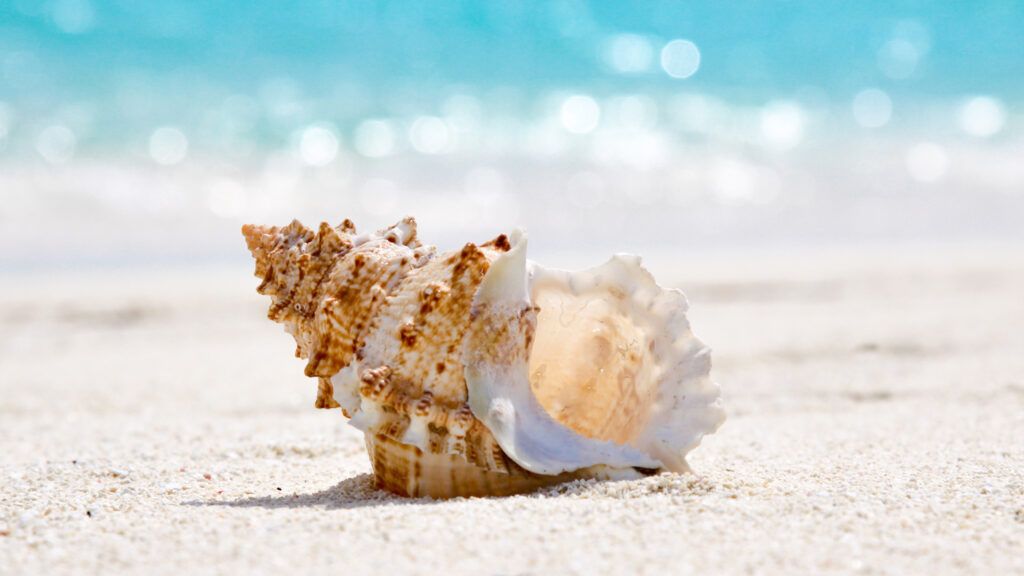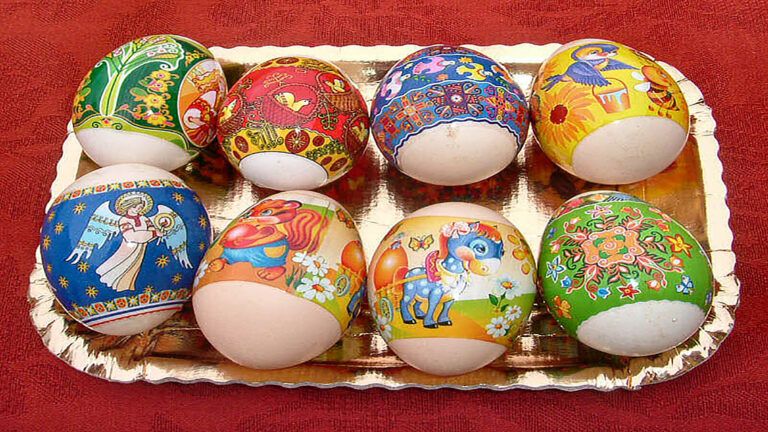My sisters and I recently returned from visiting our favorite retired couple in Florida, aka our parents. We spent six consecutive days on the beach for about six hours each. (We take the beach very, very seriously–it’s practically a full-time job!)
I usually read books on the beach. My mom and sister, Kristin, meanwhile, love collecting shells. They fill their pockets, bags and just about any container they can find with seashells, then take them home and craft all kinds of beach-y things out of them.
On the last day of our trip, I got into the family business of collecting shells too. I’d grab handfuls of sand in the shallow part of the water and pick out any shell treasures. I’m so used to taking shells for granted, especially with the surplus of shell crafts being churned out by my mom and sister. But I couldn’t help but marvel at the shells I found. Some were no bigger than a chocolate chip. Others had intricate designs and patterns. It was incredible.
Read More: 7 Tips to Get Your Kids Outside
I was so intrigued by the shells in Florida that I decided to do a little digging about them online.
Here’s what I uncovered…
-
Shells are the protective outer layer–aka external skeletons–of mollusks.
-
There’s an entire beach of shells in Western Australia that’s over 74 miles long and more than 32 feet deep…in shells! It’s called, appropriately, Shell Beach. You can check out this natural wonder here.
-
Shells that open to the left are very rare. In fact, according to Mental Floss, 9 out 10 shells open to the right.
-
People have been collecting shells since way, way back in the day. A shell collection was even found preserved at Pompeii.
-
It’s unknown how many seashell species exist, but there are as many as 200,000 different species of mollusks.
-
Shells were once used as currency.
-
The perfect holes you sometimes see in shells were most likely made by predators who tried to drill their way in.
-
Shells range in size, color, shape and texture, and often for good reason–to ward off predators. Check out this conch shell that combines beauty and brains.
-
Pearls are a pretty miraculous feat. According to The Telegraph, “A finished pearl takes 15 to 20 years: that’s why a ton of oyster might yield as few as three pearls, and the chances of them being perfect spheres are, literally, one in a million.” Well done, pearls!





